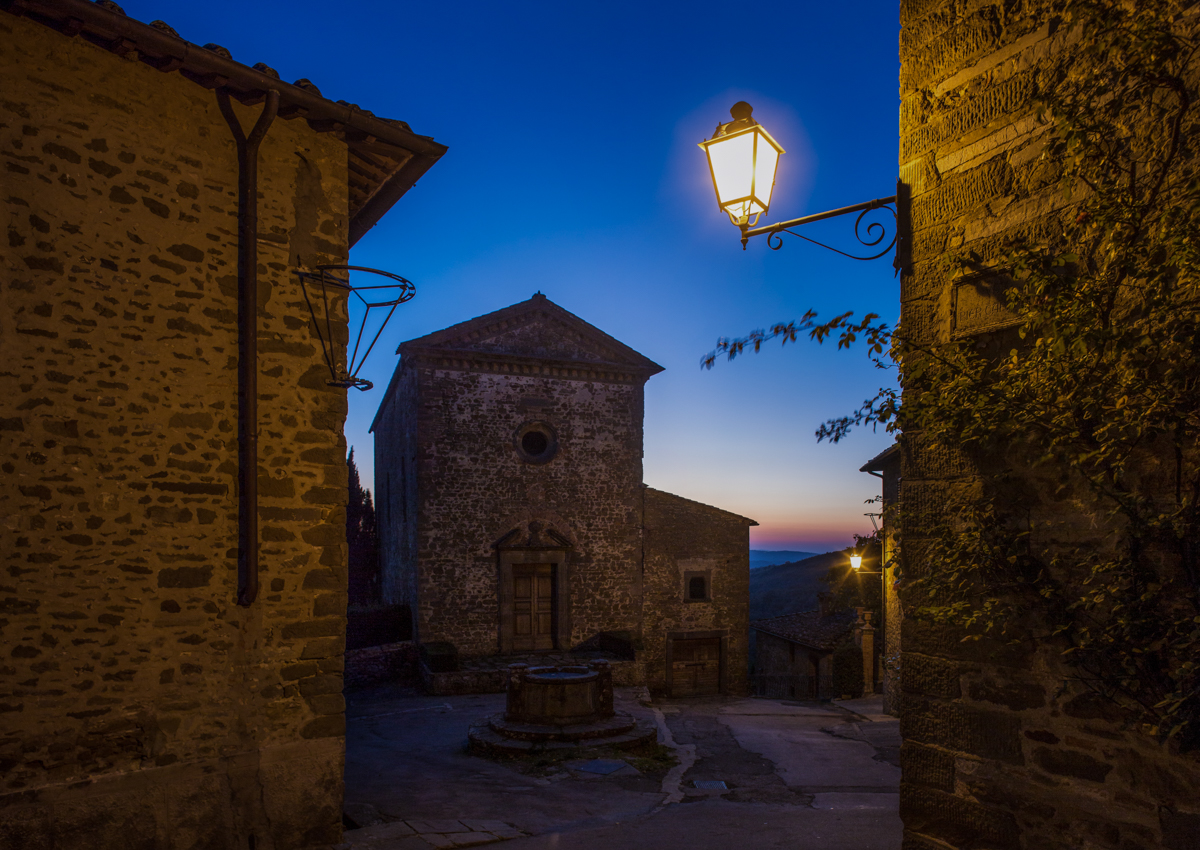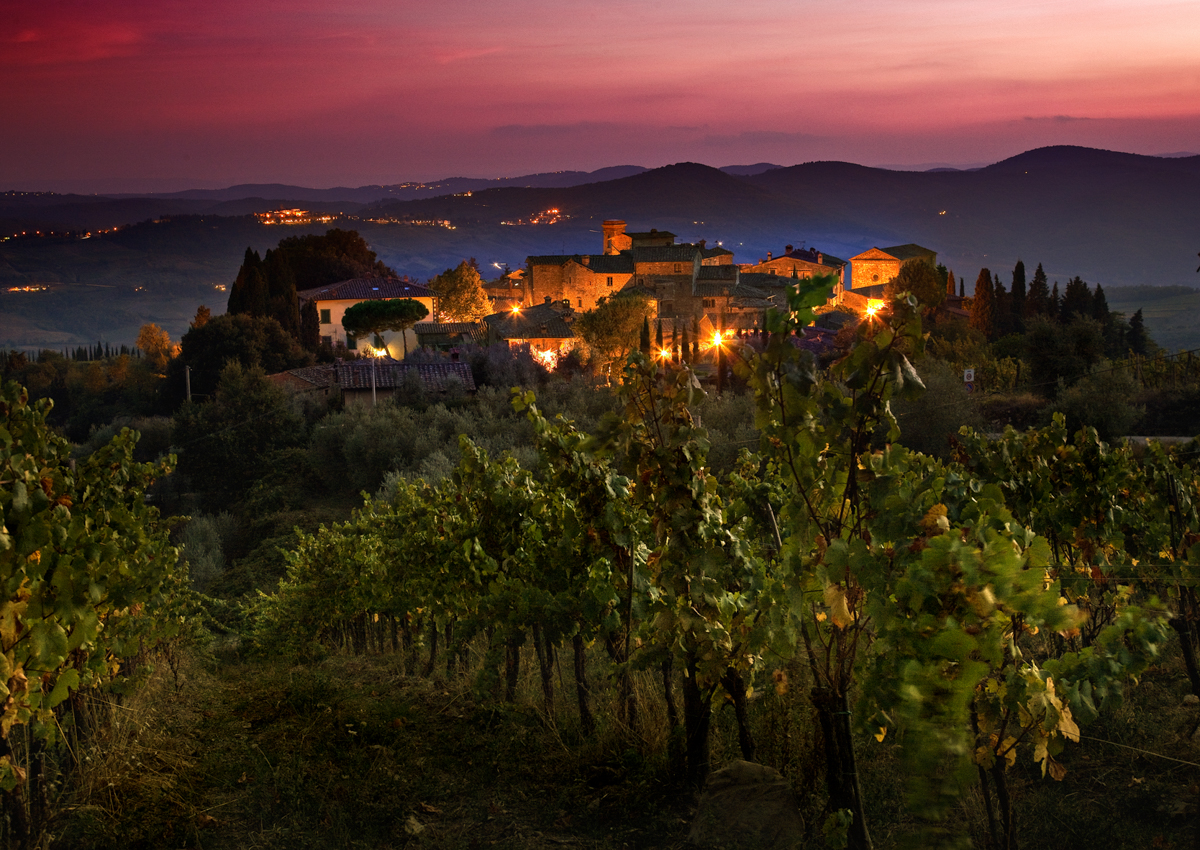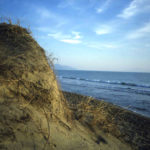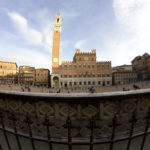Chianti is the name of a vast hilly region of Tuscany which encompasses the provinces of Florence and Siena, the province of Pisa in the West, near the coast of the Tyrrhenian Sea, and the province of Arezzo in the East.
The Chianti region is characterized by beautiful and idylliac landscapes with rows of vineyards, olive groves, small stone villages and ancient fortresses.
The region is named after the famous Chianti wine as it is here where this wine is produced.
There are two major selections of Chianti DOCG: Basic level Chianti which includes the wine produced in seven sub-zones, and Chianti Classico DOCG.These two Chianti areas produce the largest volume of DOC/G wines in Italy.
The towns included in the Chianti Classico zones are Castellina in Chianti, Gaiole in Chianti, Radda in Chianti, Barberino Val d’Elsa, Castelnuovo Berardenga, Greve in Chianti, Poggibonsi, San Casciano in Val di Pesa, Tavarnelle Val di Pesa.
To visit these locations in Chianti you can either rent a car or attend the wine tours organised by local tour companies.
If you want to travel on your own, you can rent a car, you can start your journey from Florence. A town that is worth seeing is Greve in Chianti, about 31 miles south of Florence. This town is like a gateway to the Chianti region and it is also known because Giovanni da Verrazzano, the famous explorer of North America was born here. The area of the town was under the domain of the Etruscans and then Romans. In 1861 it became part of the Unified Kingdom of Italy after being part of the Grand Duchy of Tuscany.
The town has several buildings of the Middle Age and among them the 11th century Chiesa della Santa Croce with paintings of the School of Fra Angelico, the church of Santo Stefano, an original gothic structure in the Montefiorallo fraction of the town.The church houses a 13th century painting of a Madonna with child and a 15th century painting of Trinity and the Saints.
Other sites worth of seeing are the San Francesco Museum of Sacred Art, inside the Franciscan Monastery built in the 15th century and portraying valuable Art Works, and the Museo del Vino (Wine Museum, www.museodelvino.it ), an exhibition area portraying two centuries of Chianti’s winemaking tradition.
Castellina in Chianti is one of the main towns of Chianti, located 35 kilometers South of Florence and about 15 kilometers Northwest of Siena. The town is part of the Chianti hills and was settled for the first time in the Etruscan age.
The main attractions of this town are:
- La Rocca, a castle with a big tower which hosts an Etruscan museum.
- The Church of San Salvatore which houses a 15th century painting of Madonna with the child and a 15th century wooden statue of Christ.
- The Church of San Giorgio alla Piazza which houses a 15th century panel from Cosimo Rosselli, a Renaissance painter who painted some large fresco panels of the side walls of the Sistine Chapel in Rome.
- The rural Church of Sant’Agnese with a painting of Madonna with the child by the Renaissance painter and sculptor Bicci di Lorenzo.
Poggibonsi is a town about 48 km South of Florence and 41 Km North of Siena. It is part of the region of Chianti Hills where the cultivation of grapes and olives is quite widespread. The town was first settled in the Neolithic age but the most important settlements were of the Etruscan Roman age.
In 1220 it was proclaimed an Imperial city by Frederick II, the Holy Roman Emperor and according to the Italian diplomat Giovanni Villani it was the most beautiful city of Italy. In 1861 Poggibonsi became part of the Unified Kingdom of Italy.
Today, Poggibonsi is a blend of history and modernization. In the town you can find a lot of shops and
an industrial area but also parish churches, impressive castles and fortresses.
The historical sites worth seeing are:
- Fortezza Medicea di Poggio Imperiale, a massive fortress looking down the town. The fortress was built in the 15th century on commission of Lorenzo il Magnifico, ruler of Florence and patron of artists and scholars, but it was never completed. Instead, a pentagonal shaped construction was built, Il Cassero, where today events and concerts take place. From Il Cassero and its surrounding park you can enjoy stunning views of the Tuscan hills.
- The Archeodromo, an Archeological Park which is a live reproduction of a 10th century village: every Sunday blacksmiths, cooks, farmers and yarn spinners dressed with clothes of that period give a live demonstration of the work and everyday activities held during the Charlemagne period. You can watch the video of the live demonstration at this link: archeodromopoggibonsi.it
- La Rocca di Staggia, a Middle Age fortress with towers which hosts contemporary art installations
- La Fonte delle fate, a 14th century fountain with six arches which was buried in the 15th century during the construction of the Fortezza Medicea di Poggio Imperiale and was brought back to light in 1803 during excavation works for the realization of a vineyard.
- Castello della Magione, a Medieval castle and an example of Middle Age residence which belonged to the Knights templar. It includes a church and a hotel called “spedale” used by the pilgrims in transit for the holy journey to Rome.
Convento di san Lucchese, a gothic style church which according to the tradition was given to Saint Francis d’Assisi who met there Lucchese da Gaggiano, the first Franciscan tertiary. The church was later dedicated to Lucchese and it hosts valuable artwork.





